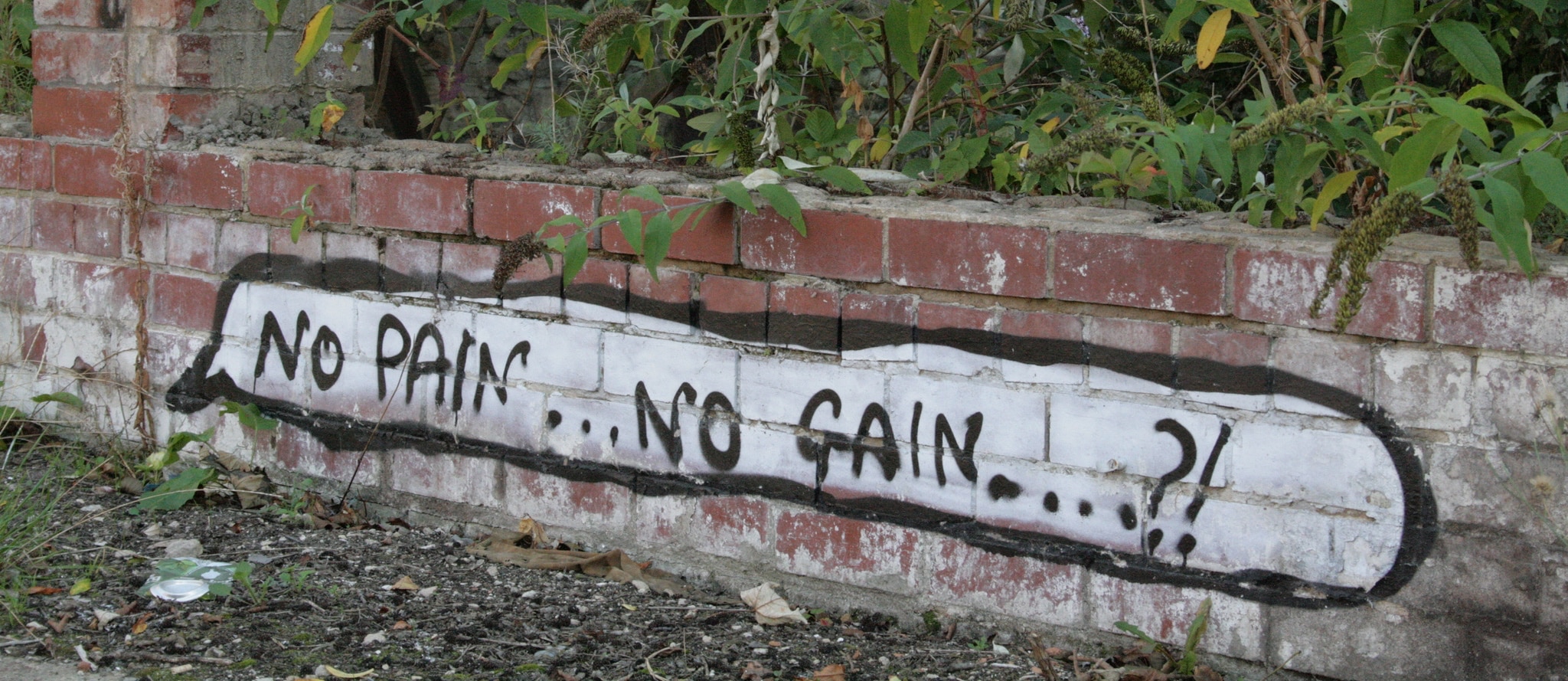A new concept, called xenohormesis, has arisen to explain the mystery of why so many plant molecules interact with and modulate key regulators of our physiology in ways that are beneficial to our health (explained further in my video, Xenohormesis: What Doesn’t Kill Plants May Make Us Stronger).
Basically, hormesis is the biological principle of “no pain, no gain.” Mild stresses like exercise can trigger a protective response that leads to strengthened defenses in the long run. But instead of exposing ourselves to the stressor to trigger our bodies’ defenses and shore up protection against future stressors, why not let plants take the hit? Let the plants get stressed because, incredibly, the stress response molecules in plants may activate the same protective responses in humans. Xenohormesis “explains how environmentally stressed plants produce bioactive compounds that can confer stress resistance and survival benefits to animals that consume them.” We can piggyback off of their sophisticated stress response. Indeed, the majority of known health-beneficial effects of edible plants are attributable to the pharmacologically active substances of plants’ stress responses.
Hormesis may be why dietary restriction can lead to lifespan extension. The mild stress placed upon the body by not eating enough may activate a wide variety of protective pathways within the body, ramping up anti-inflammatory and antioxidant defenses. Our bodies are preparing themselves for the coming famine they think is about to occur. So is there a way to exploit the benefits of dietary restriction to prevent chronic disease? Obviously, “chronically restricting food intake is not a realistic health strategy for the majority of people—it’s hard for most people to even cut food intake 10-20%, [given the powerful evolutionary drive to eat]. A more feasible alternative may be to activate dietary restriction-induced stress response pathways by other means.”
In other words, xenohormesis.
If we starve plants, they do the same thing mammals do: activate preservation pathways. So let’s let the plant face the adversity to create the molecules that trigger cell stress resistance, alter metabolism, and improve disease resistance, and then just come along and appropriate them for the same uses in our own bodies.
The reason phytonutrients like resveratrol in grapes, curcumin in the spice turmeric, and ECGC in green tea are called “dietary restriction mimetics” is that they mimic the physiological effects of dietary restriction. This may be no coincidence, because the plants produced these compounds to save their own green butts from scarcity. So instead of having to walk around starving all the time, thanks to xenohormesis, we may be able to let the plants bear the brunt and enable us to harness other species’ hardships as a means to promote our own health.
If this subject interests you, make sure you see my video where I introduce the topic: Appropriating Plant Defenses.
I previously introduced the concept of hormesis in my videos Enhanced Athletic Recovery Without Undermining Adaptation and Is Liquid Smoke Carcinogenic?
How else might we get the benefits of dietary restriction without starving ourselves? See:
- The Benefits of Caloric Restriction Without the Actual Restricting
- Methionine Restriction as a Life Extension Strategy
- Why Do We Age?
- Caloric Restriction vs. Animal Protein Restriction
In health,
Michael Greger, M.D.
PS: If you haven’t yet, you can subscribe to my videos for free by clicking here and watch my full 2012 – 2015 presentations Uprooting the Leading Causes of Death, More than an Apple a Day, From Table to Able, and Food as Medicine.
